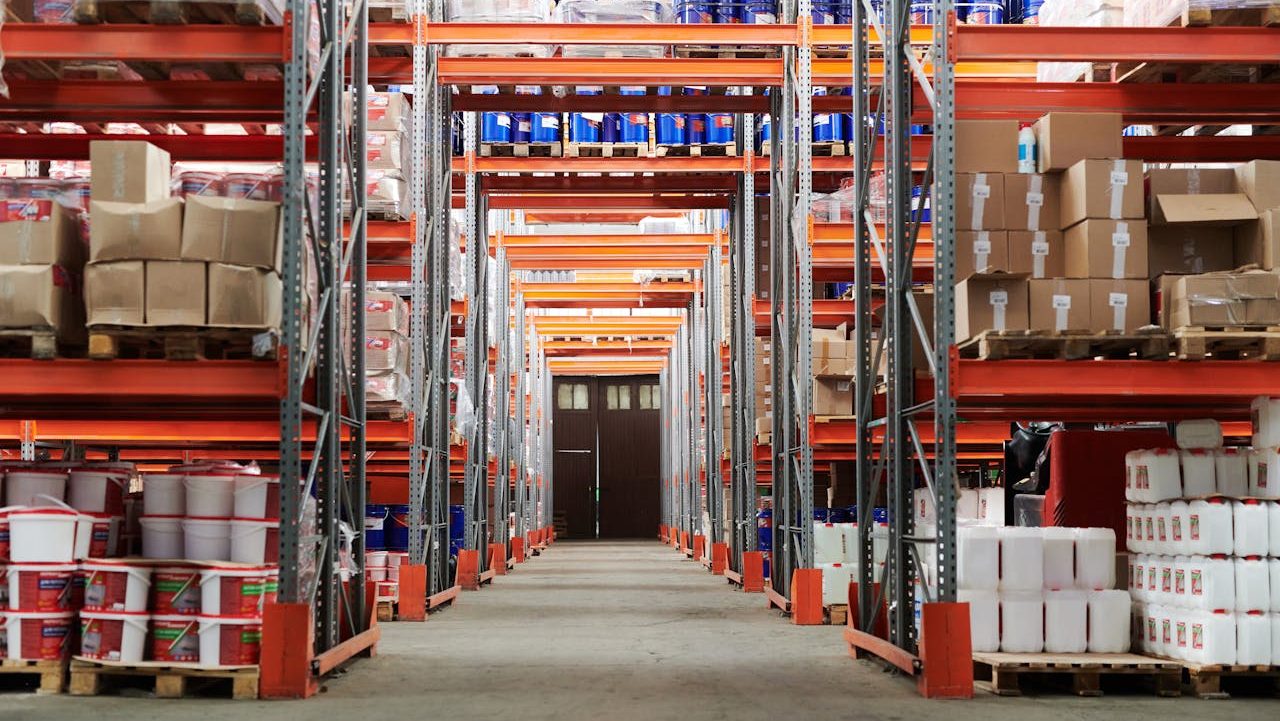CHINA: In a development that has sent ripples through the global trade landscape, United States President-elect Donald Trump has reiterated his stance on imposing tariffs on imports, raising concerns among Southeast Asian countries about the potential influx of cheap Chinese goods.
In a report from The Straits Times, analysts warn that while consumers may initially benefit from lower prices, the region’s exports could face stiff competition, impacting economic growth and employment.
Tariff impositions post re-election
During his successful re-election campaign, Trump pledged to impose tariffs of up to 60% on Chinese imports and at least 10% on goods from other countries.
He also hinted at withdrawing the US from the Indo-Pacific Economic Framework for Prosperity, a move that has sparked concerns about the future of US military commitments in Asia.
Experts predict that if Trump follows through with his tariff threats, Southeast Asian economies could be inundated with Chinese goods, which are significantly cheaper due to state subsidies and economies of scale.
This could pose a significant challenge for countries aiming to industrialize, as they would have to compete against goods being sold below cost.
“The real danger here is for these countries – if they have the ambition to industrialize – they are going to face a wall of Chinese goods that have very limited places to go,” said Ms Trinh Nguyen, a Hong Kong-based senior economist with Natixis consultancy.
She added that China is unlikely to halt production and will continue subsidising its industries, believing financialization is not the development path.
The situation could lead to increased trade conflicts in the region. Ms Priyanka Kishore, founder and principal economist of Asia Decoded consultancy, expressed concerns about the implications of Trump’s plans for Southeast Asia.
“While investigations against Chinese dumping are underway in some Asian economies, substantive actions have been limited so far.
Such frictions are likely to increase, as Chinese exports to ASEAN rise amid exorbitant US tariffs.”
Impacts
Vietnam, in particular, is seen as facing the biggest risk of higher tariffs under a second Trump presidency, given its significant trade surplus with the US. Vietnam’s rising imports from China have also raised concerns that it could serve as a backdoor for Chinese goods into the US market under heavy tariffs.
Thailand, with its large trade surplus and close ties to China, could also be impacted by the new US administration’s cautious approach to trade.
The relocation of Chinese companies to Thailand as a result of the previous trade war has led to questions about whether the new US administration will target the Chinese supply chain in Southeast Asia.
Despite these challenges, there are opportunities for Southeast Asia amidst the US-China trade tensions.
Indonesia, under President Prabowo Subianto, aims to boost economic growth and could benefit from a wider trade network as tariffs on US imports increase.
Malaysia, the world’s largest producer of rubber gloves, could also gain a competitive edge if US tariffs on China-made gloves are raised.
While the targeted nature of US tariffs under the first Trump presidency suggests that Southeast Asian countries may be spared higher tariffs, the region remains vigilant about the potential economic fallout from the new administration’s trade policies.

